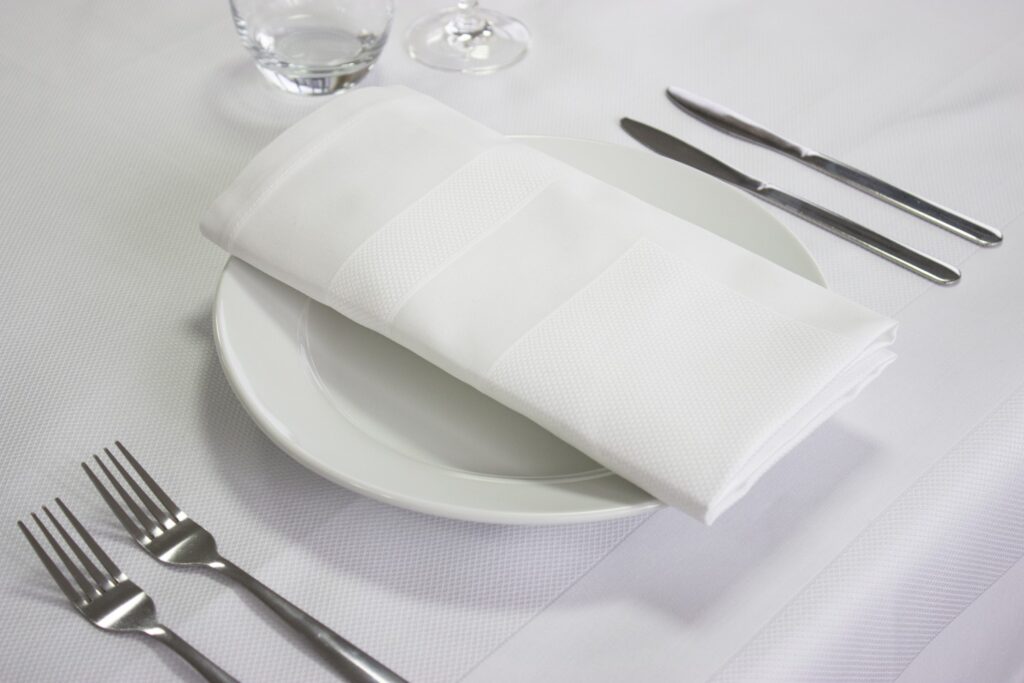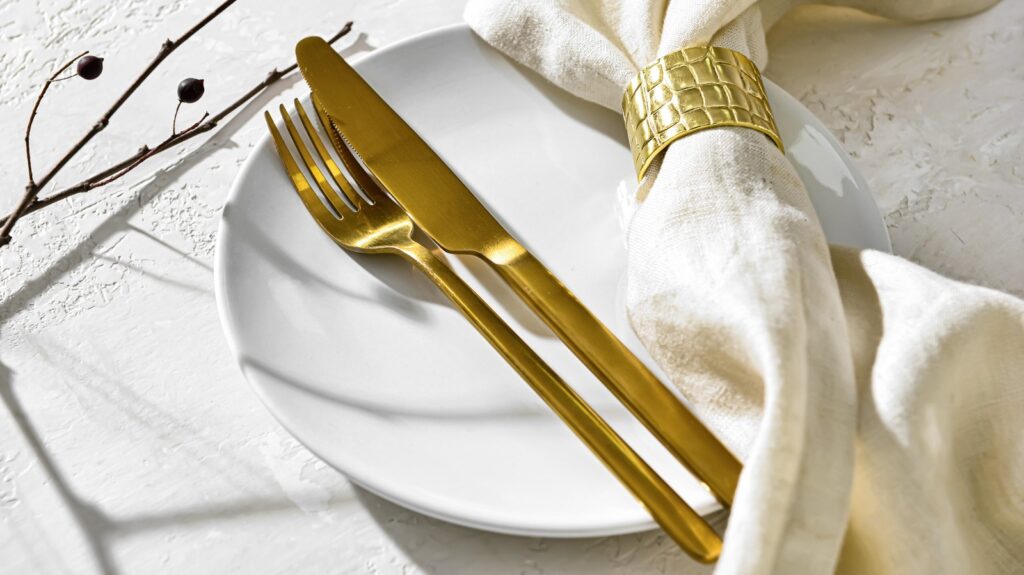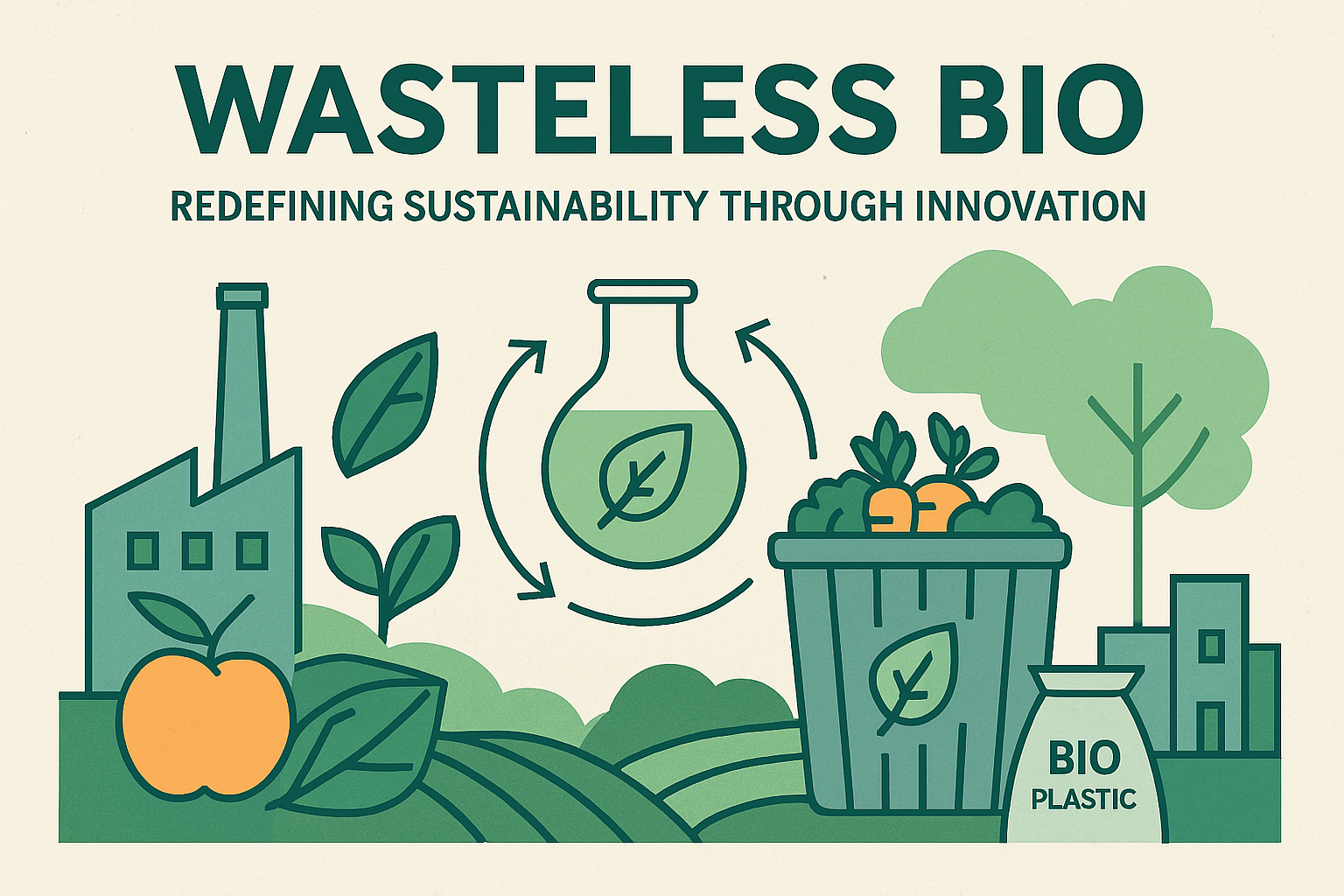Restaurants remove stains from napkins by promptly blotting, pre-treating with mild detergent, and using commercial-grade laundry equipment.
Avoiding Bleach and using quality napkins are critical practices for effective stain removal.
Maintaining clean and stain-free napkins is of utmost importance for restaurants.
Napkins play a crucial role in the dining experience, providing a means to clean oneself and serving as a reflection of the restaurant’s commitment to cleanliness and hygiene.
Stains on napkins can instantly create a negative impression on customers, raising concerns about the cleanliness standards of the establishment.
Thus, it becomes vital for restaurants to employ effective methods to remove stains from napkins, ensuring that they remain fresh and spotless.
By doing so, restaurants uphold their reputation for cleanliness and enhance the overall dining experience, leaving customers satisfied and confident in the establishment’s commitment to sanitation.
What are the Common Types of Stain in Restaurant Napkins?

Maintaining cleanliness in restaurants is essential to providing a pleasant dining experience. Among the challenges faced, the common types of stains on restaurant napkins add to the complexity.
These stains, originating from spilled foods, beverages, and various substances, can range from red wine and coffee to oil and sauces.
Addressing these stains is essential for upholding the establishment’s hygiene standards and ensuring a visually appealing ambiance that reflects professionalism and attention to detail.
Here are the common stains found on restaurant napkins that are disclosed in detail.
Food and Beverage Stains:
Food and beverage stains significantly compromise the appearance of restaurant napkins. These stains, ranging from sauce splatters to beverage spills, introduce unsightly marks that can make napkins look unclean and unappealing.
The visual appeal of napkins is essential for creating a welcoming ambiance, and stains can convey a sense of neglect.
Such stains can tarnish the restaurant’s image by projecting a lack of attention to hygiene and presentation.
Maintaining stain-free napkins is crucial as it directly influences the overall impression of the dining experience and reinforces the restaurant’s commitment to maintaining high standards of cleanliness and aesthetics.
- Spills from various foods like sauces, condiments, soups, and gravies can lead to noticeable stains.
- Coffee, tea, wine, and fruit juices can easily cause stains because of their color and acidity.
Lipstick and Makeup Stains:
- Lipstick, foundation, and makeup residue from guests can transfer onto napkins, leading to cosmetic stains.
Oil and Grease Stains:
The greasy stains lose the shiny and attractive look of restaurant napkins. Besides, the oil grease makes the restaurant napkin look extremely dull, creates darkness, and causes persistent marks.
Here’s where the greasy stains come from and how they affect the look of the restaurant napkins.
- Greasy foods like fried items, butter, and salad dressings often leave oily stains on napkins.
- Cooking oils and fats can easily transfer to napkins, creating stubborn marks.
Red Wine Stains:
Red wine contains tannins and natural pigments that can be challenging to remove, leaving behind distinctive reddish-brown stains.
Coffee and Tea Stains:
- The tannins in coffee and tea can lead to dark, discolored stains on napkins, especially if they’re not treated promptly.
Tomato-Based Stains:
Tomatoes contain acids and natural dyes that can cause orange or reddish stains on napkins, commonly seen after pasta sauces or ketchup spills.
Chocolate and Dessert Stains:
Chocolate-based desserts, cocoa, and sticky sweets can result in brown, sugary stains on napkins.
Fruit Stains:
Fruits like berries, cherries, and pomegranates contain pigments that can lead to colorful, sometimes challenging-to-remove stains.
Grass and Herb Stains:
When pressed onto napkins, fresh herbs, greens, and even grass can leave behind greenish stains.
Soy Sauce Stains:
Soy sauce contains dark pigments and can create noticeable, deep brown stains on napkins.
Mustard and Vinaigrette Stains:
Mustard’s bright yellow color and vinaigrettes’ oil and acid content can contribute to napkin stains.
How Do Restaurants Get Stains Out of Napkins – The Effective Cleaning Methods
Removing stains from restaurant napkins involves various effective cleaning methods combining industry practices with stain-specific treatments. Here’s an in-depth look at these methods:
Immediate Pre-treatment:
- Blotting: The restaurant staff quickly and gently blot the stain with a clean cloth or paper towel. The paper towel soaks up extra liquid and stops the stain from becoming permanent.
- Scraping: Staff use a dull knife to carefully scrape off the excess residue without spreading the stain for solid or semi-solid stains like sauces.
Pre-soaking:
Enzyme-based Pre-soak: Stained napkins are soaked in a solution containing enzyme-based detergents. Enzymes break down protein and organic stains, like food and beverages, making them easier to remove during the wash cycle.
Stain-specific Treatments:
- Tannin Stains (Coffee, Tea, Wine): Applying a mixture of vinegar and water to the stain can help break down tannins. Rinse with water before laundering.
- Grease Stains: Sprinkling cornstarch or talcum powder on fresh grease stains absorbs the oil. Dishwashing soap or a commercial degreaser can then be used to remove the stain.
Professional-grade Detergents:
- Oxygen-based Bleach: Detergents containing oxygen-based Bleach are effective for tackling food-based stains and brightening napkins’ colors. They work well for both white and colored fabrics.
- Chlorine-based Bleach: Chlorine bleach can help remove tough stains from white napkins, but it’s used cautiously due to potential fabric damage.
Washing Machine Techniques:
- Separation: Napkins are washed separately from other laundry to prevent stain transfer.
- Temperature Control: Different temperature settings are used depending on the fabric and stains. Hot water can help dissolve grease, while cold water is suitable for protein-based stains.
- Stain Removal Agents: Commercial stain removers are sometimes added to the wash cycle to target specific stains.
Professional Laundering:
- Laundry Services: Many restaurants send their napkins to professional laundering services specializing in stain removal and fabric
- and Equipment. These services use industrial washing machines equipped with advanced stain-removing mechanisms and techniques.
Quality Control and Inspection:
After cleaning restaurant napkins, quality control and inspection are crucial steps. Inspect each napkin for stains, discolorations, and proper folding.
Ensure they meet hygiene and presentation standards. Address any remaining stains promptly.
Additionally, assess fabric integrity and overall cleanliness. This meticulous review guarantees that only pristine napkins reach guest tables, maintaining the establishment’s commitment to a high-quality dining experience.
- Manual Inspection: After laundering, each napkin is manually inspected to ensure stains are effectively removed.
- Re-treatment: If any stains remain, they’re re-treated before going through another wash cycle.
Drying and Ironing:
Napkins are dried using controlled heat to prevent any residual stains. Once dry, napkins are ironed to give them a crisp, clean appearance.
Stain-specific Remedies:
- Baking Soda: Baking soda mixed with water makes an effective paste for removing wine and sauce stains.
- Salt: Salt is sprinkled on the stain for red wine spills to prevent setting. It’s then rinsed before washing.
Implementing the Stain Prevention and Maintenance Tips on Restaurant Napkins

- Use high-quality and durable napkins.
Investing in high-quality napkins made of durable fabrics such as cotton or linen is the first step in stain prevention and maintenance.
These materials are more resistant to stains and can withstand frequent washing without losing their integrity.
The following materials are considered high-quality materials for your restaurant napkins,
- Cotton
- Linen
- Polyester blends
- Microfiber
- Satin
- Damask
- Bamboo
- Organic fibers
- Apply a stain-resistant treatment
Before using napkins in a restaurant setting, it is beneficial to apply a stain-resistant treatment.
When this treatment is applied, it forms a protective barrier on the fabric that stops liquids and food particles from seeping in and causing stains.
Professional fabric finishers can apply these treatments or can be purchased as a spray-on product for DIY application.
Natural remedies like lemon juice, salt, baking soda, or white vinegar can help lift stains depending on the type of stain.
Always test on a small, inconspicuous area first to ensure whether the material is appropriate for your napkin or not.
- Promptly treat stains
Despite preventive measures, accidents can still occur, and stains may happen. It is crucial to act quickly when a stain occurs on a restaurant napkin.
- Using a clean cloth or paper towel to blot the area can help remove extra liquid or debris before any residues become set in the fabric.
- Don’t rub the stain, as it can worsen or spread it.
- Consider using color-safe Bleach:
When stains remain after the first treatment, using color-safe Bleach can be helpful in removing tough stains from restaurant napkins.
Here are some color-safe beaches from different brands that include,
- Clorox 2
- Tide Plus Downy
- Seventh Generation
- OxiClean Color Boost
- Persil Color Boost
These types of bleaches are designed to be gentler on fabrics, preserving their color and texture while still effectively removing stains.
Prior to using color-safe Bleach, always check the label and follow the manufacturer’s instructions for proper usage.
- Wash napkins properly:
Proper laundering is essential to maintain the cleanliness and longevity of restaurant napkins.
To prevent dye transfer, separate stained napkins by color. Wash the stained napkin separately from other items to avoid collecting lint and debris.
Use a mild detergent that is suitable for the napkin’s fabric and wash them in cold or lukewarm water to prevent shrinking or damage.
Here are some mild detergents that you can use for cleaning your restaurant napkins,
- Woolite
- Draft
- All Free Clear
- Seventh Generation Free & Clear
- Ecover Zero
- Mrs. Meyer’s Clean Day
- Babyganics
- Charlie’s Soap
- ECOS Hypoallergenic Laundry Detergent
- Baby Dove Sensitive Skin Laundry Detergent
Avoid using excessive heat when drying, as it can weaken the fabric fibers and lead to premature wear and tear. However, the ideal temperature for drying restaurant napkins is typically around 140 to 160 degrees Fahrenheit (60 to 71 degrees Celsius).
- Remove stains with natural remedies.
At certain times, natural methods can be applied to eliminate particular stains from restaurant napkins.
For example, treating red wine stains with salt or white wine, using lemon juice for grease stains, or applying a paste of baking soda and water for coffee stains can be effective solutions.
However, always test the remedy on a small, inconspicuous area of the napkin first to ensure it does not cause discoloration or damage.
- Train staff on proper napkin handling
- Proper training of restaurant staff is essential for maintaining clean and stain-free napkins. Educate staff on proper napkin folding techniques, handling tips, and the importance of immediate stain treatment.
- Encouraging staff members to be vigilant and take swift action when spills occur can greatly reduce the chances of permanent staining.
- Rotate napkins regularly
To ensure that napkins wear evenly and prevent excessive staining in specific areas, it is advisable to rotate napkins regularly.
Regular rotation helps distribute wear and tear across all napkins, preventing excessive fading and staining in specific spots that may be more prone to spills or soiling.
- Regularly inspect and replace damaged napkins.
Regularly inspecting napkins for stains, tears, or excessive wear is crucial. Damaged napkins should be promptly replaced to maintain a professional and clean appearance in the restaurant.
By replacing worn-out or heavily stained napkins, establishments can uphold high hygiene standards and create a positive impression on customers.
FAQs
Why do napkins in restaurants often get stained?
Napkins in restaurants are frequently exposed to food and beverage spills, sauces, and oils, which can lead to stains over time.
What types of stains are most common on restaurant napkins?
Common stains include wine, coffee, sauces, salad dressings, and grease.
How do restaurants prevent stains on napkins?
Restaurants often use high-quality napkins that are more resistant to staining, and they may also treat napkins with stain repellents.
What’s the first step when dealing with stained napkins?
The first step is to blot the stain off the napkin with a clean cloth or paper towel. It’ll remove excess moisture and prevent the stain from setting.
Do restaurants treat stains on napkins immediately?
Ideally, yes. Restaurants often treat stains on napkins immediately to maintain their cleanliness and presentation.
6. What’s a common method restaurants use to remove stains from napkins?
Pre-treating stains with a stain remover or a mixture of water and mild detergent before washing is common.
7. How are napkins typically laundered in restaurants?
Napkins are often laundered using commercial-grade washing machines and detergents designed to handle tough stains and high usage.
8. Can restaurants use Bleach to remove stains from napkins?
Yes, restaurants can use Bleach to remove stains from napkins. However, the Bleach should be used carefully to avoid damaging the fabric or causing discoloration.
9. Are there eco-friendly methods for stain removal in restaurants?
Yes, restaurants can utilize eco-friendly methods for stain removal, such as enzyme-based or oxygen-based cleaners, to minimize environmental impact.
10. What happens if a stain can’t be removed from a napkin?
If a stain cannot be removed from a napkin, it might be considered unsuitable for further use and could be discarded or designated for cleaning purposes.
Conclusion
Restaurants employ various techniques to remove stains from napkins effectively. Before laundering, they may pretreat the stains with commercial stain removers or natural solutions.
Some restaurants utilize enzymatic cleaners that break down proteins and remove stains.
Additionally, following a strict laundering process using high-quality detergents and Bleach helps ensure thorough stain removal.
Constant vigilance and prompt treatment of stains are essential to maintaining clean and presentable restaurant napkins.











